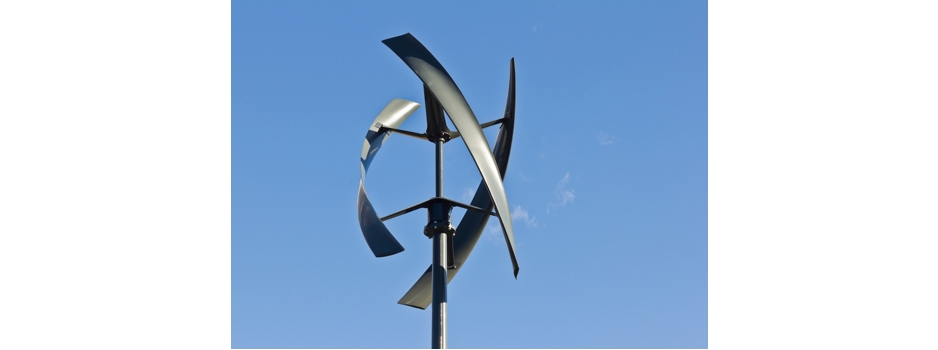|

|
Case Studies - fluid flow analysisVertical axis wind turbine design Case Studies - engineering design calculations |
Mechanical engineering design calculations -
|
The briefA design agency asked Coupland Bell consultants to provide engineering support for a new concept of vertical axis wind turbine. Their client had a concept for turbines where it had not been used before and had an innovative solution to some of the engineering problems. Our consultants task was to design the aerodynamics, predict the power and efficiency and do the mechanical design of the blades. Computer modelOur consultants researched the background of the aerodynamics of vertical axis wind turbines and developed a spreadsheet model to predict the blade loading and efficiency of a simple prototype. Our consultants designed the blade profile based on well-known NACA profiles. The model then gave us the blade loads, which vary as the blades go through stall on every rotation. Our consultants stressed the blades and some other critical components using finite element analysis. |
|
Build and testThe first concept for the mechanical prototype blades was a structural foam core with carbon fibre skin. This proved difficult to make as a prototype, because the external shape of the blades was critical to the performance and carbon fibre prepreg doesn't lend itself to fine tolerance hand layup without moulds. A successful alternative was laminated timber finished by CNC routing. The prototype turbine was successfully tested in a wind tunnel and the blade performance was close to our predictions. The client was able to use the test results to seek investment for the production model and to develop the final blade shape. |
|
© Copyright 2016 ; Coupland Bell Ltd. | All rights reserved. Mechanical engineering design calculations by UK consultants Coupland Bell of a vertical axis wind turbine. |
